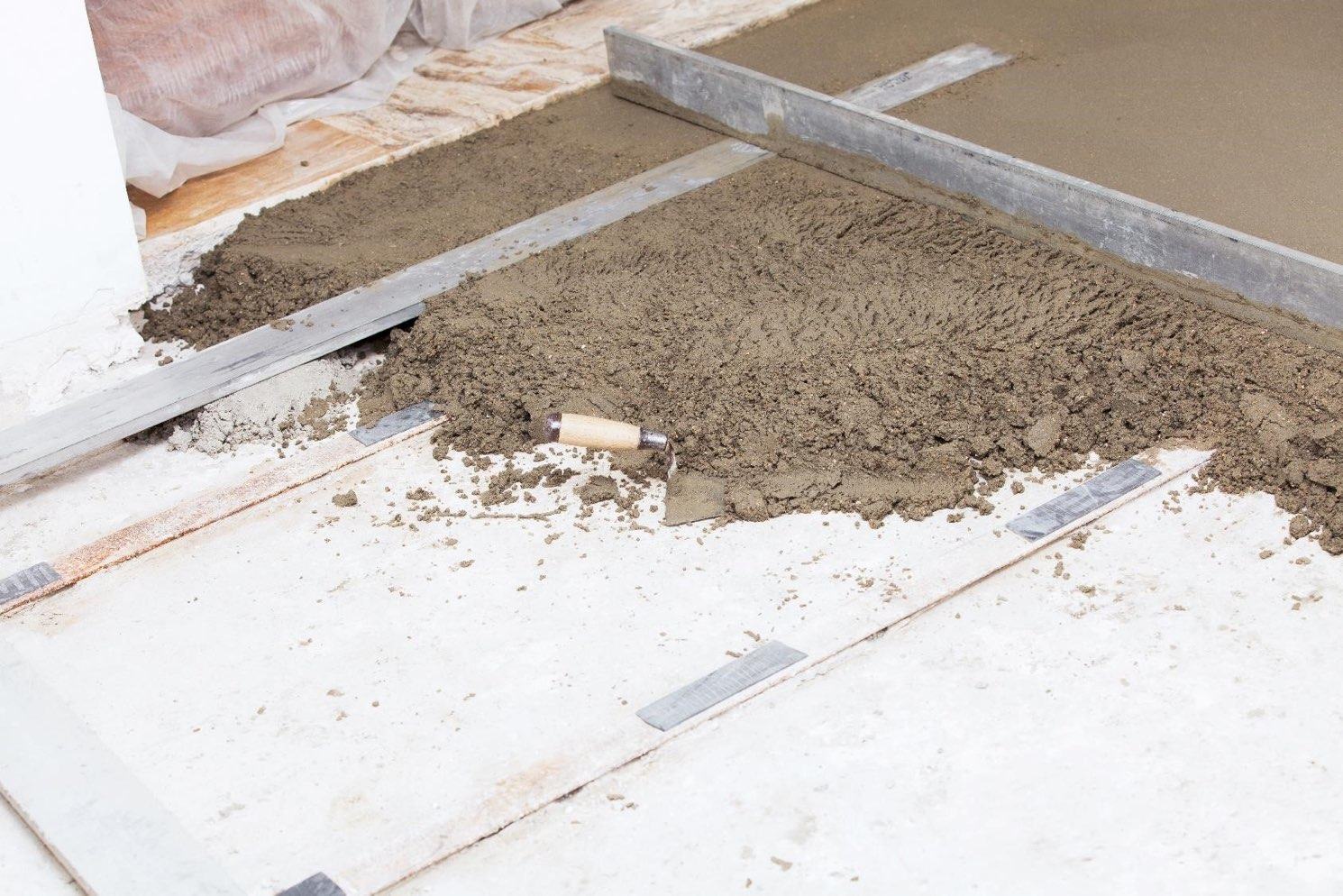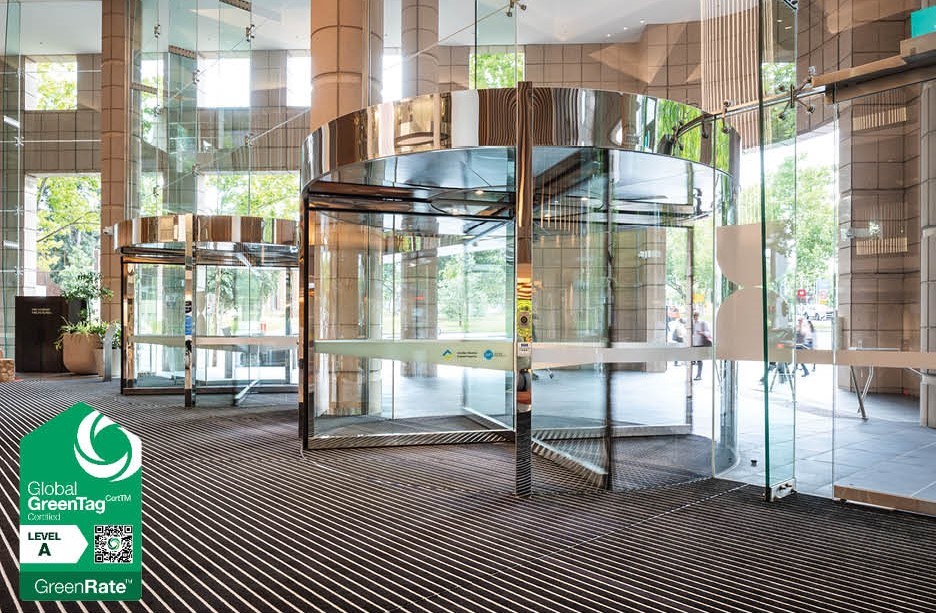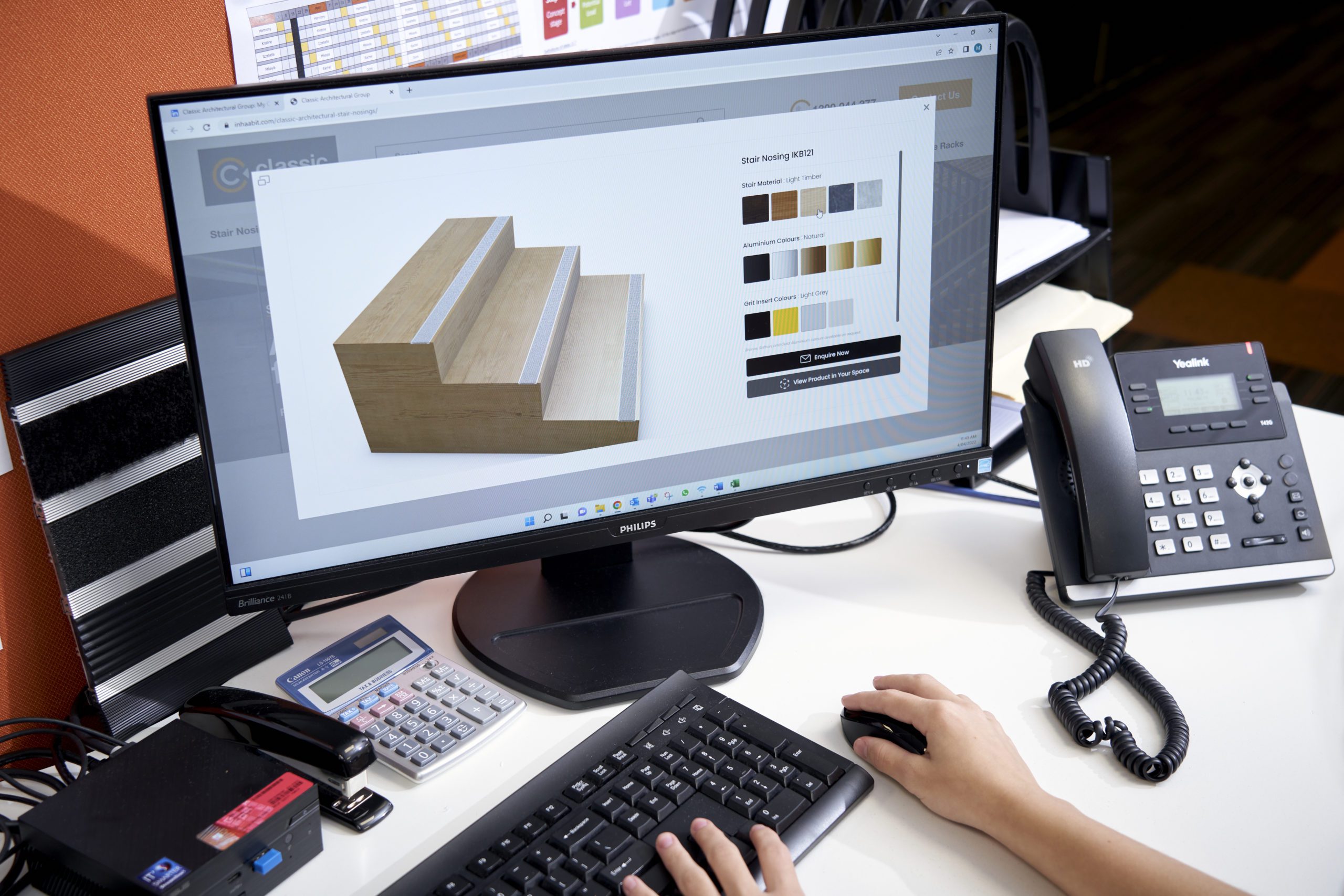Why are Entrance Mats Important?
Entrance mats are a vital feature of any modern building. Not only do they increase the aesthetic appeal of an entryway, but they also assist in preventing the build-up of dust and debris and reduce the likelihood of slips and falls. In addition, they reduce cleaning time and costs. These products are remarkably durable and effective when installed correctly, however, the importance of the mat well is neglected all too often.
What is a Mat Well?
A mat well is a shallow hole in your floor in which entrance matting can fit. This recess allows mats to sit flush with the surface. But even the most well-designed and durable entrance mats can fail if they’re installed on an uneven, poorly finished mat well. Unfortunately, this is something the Classic team witnesses regularly. In this article, we highlight the importance of an accurate set down and offer some techniques that can help builders achieve a perfect result every time.
Can Entrance Mats be Installed Without a Mat Well?
Yes, surface-mounted mats can sit directly on the surface without any recess. They are suitable for low-traffic areas and residential entrances. They can also shift or move underfoot. Commercial settings require recessed mats that are designed to sit flush with the surrounding floor. They help create a safer, more accessible and cleaner space in high-traffic areas.
What Happens When a Mat Well is Incorrectly Installed?
The accuracy of the mat well directly impacts the longevity and proper functionality of the entrance mat that is to be laid within it. A flat, rigid object such as an aluminium entrance matting requires an even surface to function correctly.
When a mat is installed incorrectly, it can
- Creak or shift under foot traffic
- Create uneven surfaces that can be a tripping hazard and will not be wheelchair-accessible
- Result in “trolley damage” to the mat, as wheels repeatedly hit uneven edges
- Give the entrance mat a shorter lifespan
These issues do not stem from poor quality mats, but are caused by incorrect mat well preparation.
A Common Mat Installation Issue
The customer interface and design teams at Classic Architectural Group witness first hand the struggles that clients go through when installing entrance matting. What should be a simple process ends up becoming a drawn-out, irritable affair. All too often, we find the customers assuming that a mat will work regardless of the surface beneath it.
Incorrect mat wells are much too common. If you were to walk around Australia’s CBD areas, you would find a staggering amount of entrance mats that have been poorly installed. They creak and shift underfoot, and the problem usually becomes worse over time. Again, this has little to do with the quality or brand of the product, but rather the set down into which it was placed.
At Classic, we always strive for perfection in everything we do. We stand by our products and their ability to enhance public spaces, but we believe that greater care and attention need to be paid to the accuracy and finish of entrance mat set downs.
How to Create the Perfect Setdown
Every entrance matting product has unique installation requirements. In the case of aluminium entrance mats like the Vantt 5500, these are the key factors:
1. Ensure the Correct Recess Depth
- Vantt 5500 Modular requires 12mm below floor coverings for a flush installation.
- In many cases, you can achieve this without casting a set down at all.
2. Adjust the Floor Level as Needed
Depending upon the surrounding floor finish, you can work with a flooring contractor who can feather up the substrate, thus raising the level slightly. This would create sufficient set down once the floor covering is laid, resulting in a simplified, neat and tidy installation.
There are different ways to achieve the correct depth:
- If using tiles, consider that adhesive adds extra depth (e.g., 10mm tiles + adhesive = ~12mm).
- If using carpet tiles, you may need to feather up the recess by 2-3mm.
- If no floor covering is used, cast the mat set down directly into the concrete.
3. Pay Attention to Accuracy and Finish
When casting a set down into concrete:
- Make it several millimetres deeper than required so a skilled tradesman can screed up to the level required.
- Before the concrete sets, ensure straight frame sides and correct corner angles.
No matter which method is used, the simple fact remains – accuracy and a good finish are crucial to the quality installation of an aluminium entrance mat. It is not difficult to achieve a perfect result, it just takes a little bit of time, effort and due care.
4. Budgeting for Entrance Matting
Perhaps a potential root cause worth noting is the lack of an allocation of cost towards creating good quality mat set downs when tendering. We notice that most project managers forget to allocate sufficient budget or attention to this. If the mat well is rushed or overlooked, the final installation suffers, leading to expensive rework.

The Way Forward
A wide range of individuals will encounter entrance mats daily, making it imperative that they are installed correctly. No one should have to deal with uneven surfaces that shift and creak under foot, especially when these issues are so easily preventable. Closer attention needs to be paid to set down requirements and the quality of the finish.
By adopting a few simple techniques, it is possible to achieve a perfect set down every time. An accurate set down will ensure the entrance mat sits flush, allowing it to function as intended and extending the service life of the product.
We encourage the inclusion of cost for creating good quality mat set downs at the tendering stage. Entrance mats are a highly effective product when installed properly and can create safer, more durable and better-functioning public access spaces in the future.
If you need guidance on entrance mat installation or want to avoid common mistakes, contact Classic Architectural Group at 1300 244 377 — we’re always happy to help.






